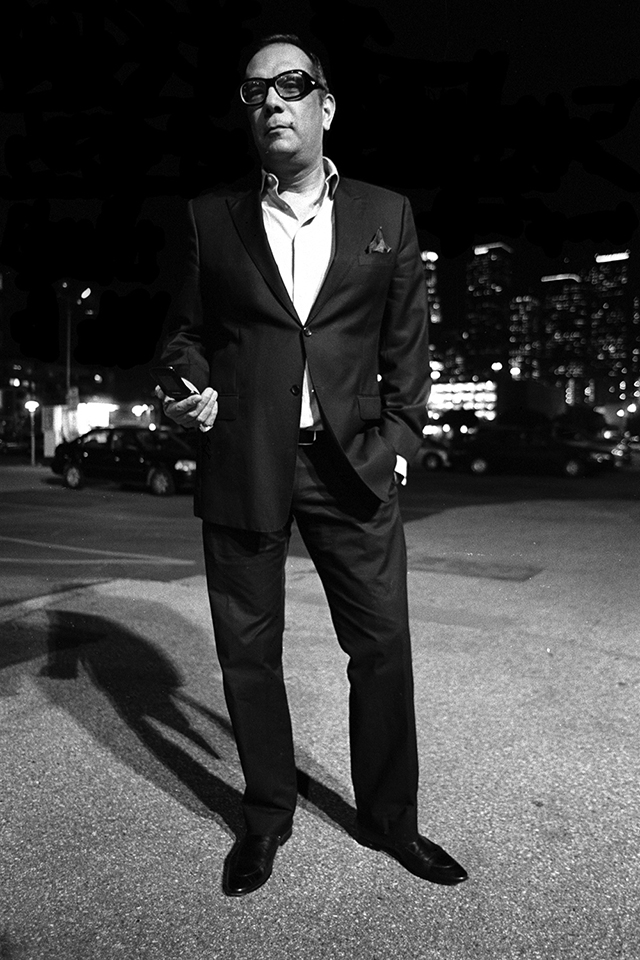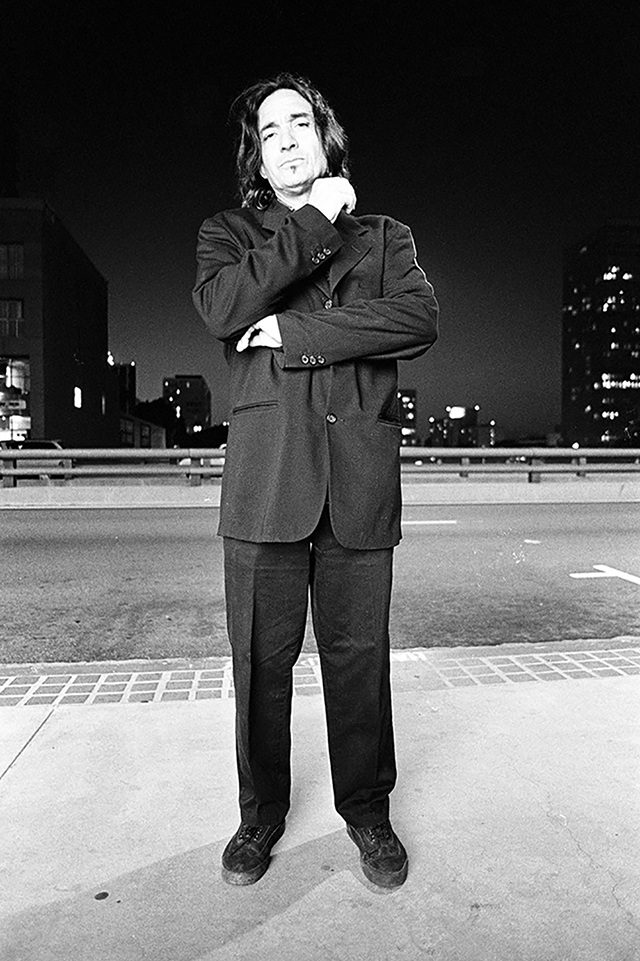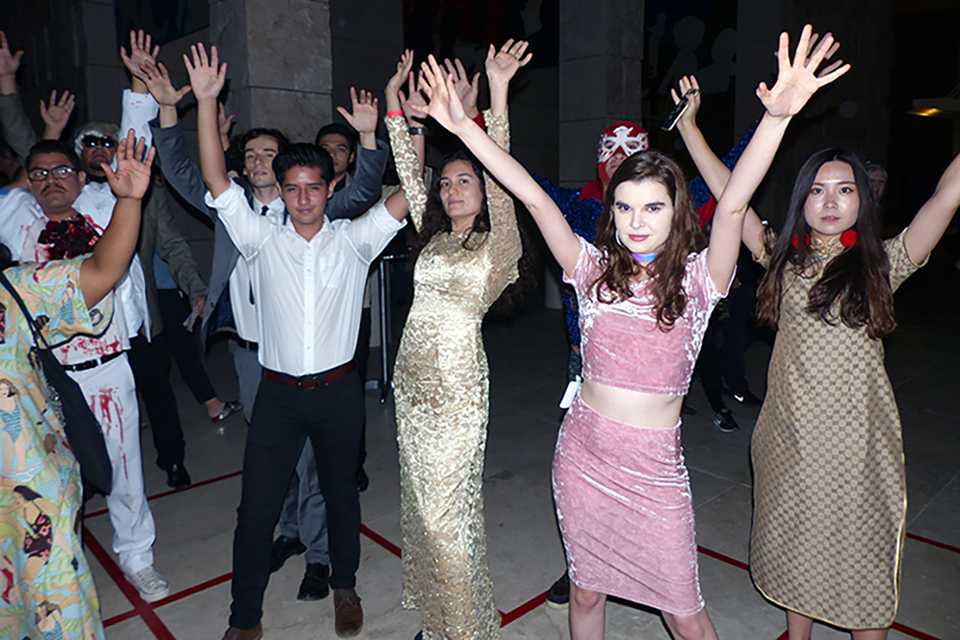Harry Gamboa Jr. Captures the Chicano Male Experience CSUN Professor Has Artistic Photograph Series on Display at Autry Museum Through August 2018
One night in 1991, after having dinner with friends, Harry Gamboa Jr. got into his 1966 Volkswagen Beetle, turned on the radio and heard an announcement: “Be on the lookout for a Chicano male. He is dangerous.”
Gamboa, a photographer, essayist, performance artist and lecturer of Chicana/o Studies at California State University, Northridge, still reflects on that moment.
“I immediately thought, ‘Wow … this kind of broadcast puts all the Chicano males I know in danger — my father, my brothers, my uncles, my son, myself, all my colleagues and my friends,’” he said.
The moment sparked a question for Gamboa: What is the psychology behind a negative stereotype? To combat the negative stereotype of men of Mexican descent, Gamboa began to photograph Chicano males he knew personally or professionally for an ongoing series titled “Chicano Male Unbonded.”
The series has garnered international acclaim, most recently from The Autry Museum of the American West, which mounted the first comprehensive exhibition of “Chicano Male Unbonded.” The exhibition is currently running through August 2018.
The black-and-white portraits, Gamboa said, call into question the assumptions the media has about men of Mexican descent. The Autry exhibit includes recent work as well as photographs on view for the first time. More than 90 images are featured.
Gamboa used a film noir style in his images, with backdrops “in an urban space to present the Chicano male as they might be encountered on the street,” he said.
“I wanted to use people that I knew, people that were closest to me,” he added. “So, I started off with family, other artists I worked with, writers and faculty at CSUN, including Richard Corona, Ramon García, Gerard Meraz, Gabriel Gutiérrez and Rodolfo Acuña.”
Gamboa recalled how, in the 1990s and early 2000s, in certain parts of the country where there weren’t large numbers of Chicanos, people would look at the photos and ask him which gang the subject belonged to.
“Each photograph is titled [with] the name of the individual, as well as their self-defined occupation,” Gamboa said. “And they are all lawyers, doctors, faculty, artists or writers. The stereotype that Hollywood tells us of the Chicano male is not the Chicano male at all.
“’Chicano Male Unbonded’ is about men whom I have witnessed living their lives and exhibiting some level of intellectual, creative, cultural or personal strength,” he said. “I believe that simply by standing and being pictured in this way, we exude a positive influence on the way people might think of Chicanos.”
Gamboa’s series “provides a unique lens for thinking through society’s perceptions of men in the Chicano community,” said Amy Scott, the Autry’s chief curator and Marilyn B. and Calvin B. Gross Curator of Visual Arts.
“Through Gamboa’s aesthetic choices, the series deftly opens up conversations around race and identity in Los Angeles, and the West at large,” Scott said. “What’s also fascinating about ‘Chicano Male Unbonded‘ is how Gamboa calls attention to these issues through the traditions of photographic portraiture.”
The project dates back to 1991, but Gamboa’s passion for art, photography and social justice predates his initial idea for the series.
“The idea came very early on to put my friends on the screen,” Gamboa said. “I always wanted to create iconic images of people I knew.”
For more information about the Autry exhibit, visit the Autry’s website.
Gamboa’s most recent work is a photo-stories series called “See What You Mean: Fotonovelas,” for which he served as the Getty Artists Program 2017 resident. For more information about this event, visit the Getty Museum website.





 experience
experience